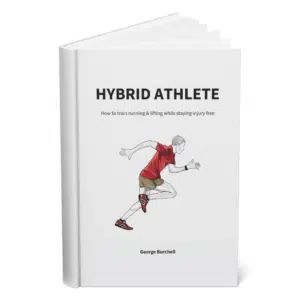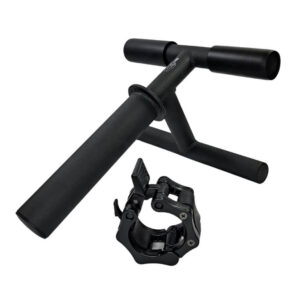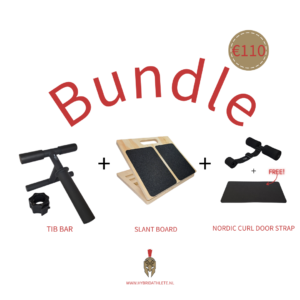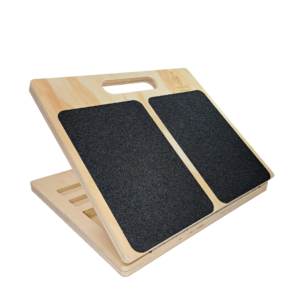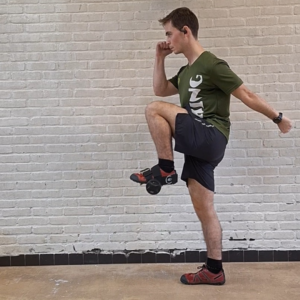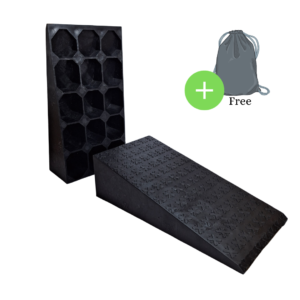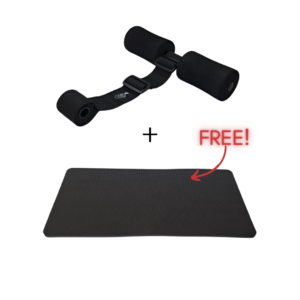
Table of Contents
Meta: “Discover the wonders of reverse sled pulls for knee health! Our engaging guide reveals how this key exercise can transform your fitness journey.”
Ever heard of the reverse sled pull? If you’re nodding your head, great! If not, you’re in for a treat. As someone who’s been knee-deep (pun intended!) in the ‘Knees Over Toes’ training world, I’ve seen firsthand how this exercise can be a game-changer for knee health and strength.
Let’s dive in and unpack the magic of the reverse sled pull.
Understanding the Reverse Sled Pull
What is a Reverse Sled Pull?
Imagine dragging a sled, loaded with weights, but you’re facing the sled, going backwards. That’s the reverse sled pull for you.
It’s like walking backward into a strong wind, only you’re pulling a mini-tank. This exercise is a star in the knees-over-toes training method, known for its knee-friendly approach.
The Mechanics of the Reverse Sled Pull
Now, let’s get a bit nerdy about how it works. When you pull that sled in reverse, you’re engaging your muscles in a way that’s pretty unique. You get to utilize and engage the whole foot-ankle-knee-hip lower-body chain.
This odd backward movement is key to its effectiveness.
The Benefits of Reverse Sled Pulls
Since reverse sled pull is virtually a full-body exercise, the benefits are plenty. But here’s the main benefits of putting reverse sled pulls into your routine:
- Knee joint strength and protection – through engagement and full activation, you get to bulletproof your knees.
- Enhanced blood flow – these sled pulls come with a cardio component. You can count on the aerobic aspect of the exercise.
- Building your shins – sled pulls (both regular and reverse) are excellent for strengthening and bulletproofing your shin muscles.
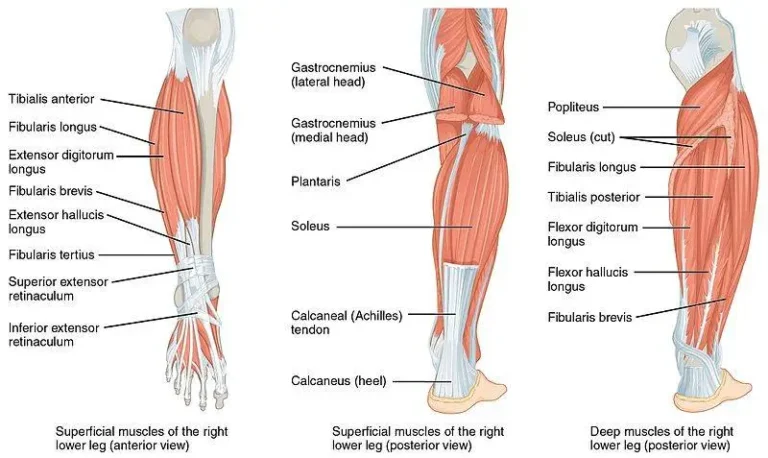
Reverse Sled Pull Technique and Execution
Proper Setup and Equipment
Choose your sled like you’d choose a dance partner – not too heavy, not too light. When it comes to handling, you can:
- Attach a harness and put it around your waist
- Attach handles or TRX extensions and pull through your hands
Step-by-Step Execution
Start by taking small steps backward, like you’re sneaking out of work early. Keep it smooth, like you’re on a runway. Remember, it’s not a race; quality over speed always wins. Engage your body!
You can make reverse sled pulls more challenging by lengthening the cable or by adding more weight onto the sled.
Integrating Reverse Sled Pulls into Your Training Routine
For Athletes and Fitness Enthusiasts
Whether you’re training for a marathon or just trying to beat your buddy at squash, throw in some reverse sled pulls into your routine. It’s like adding that secret ingredient to your favorite recipe.
Frequency and Intensity Recommendations
I recommend starting slow – you don’t want to go too fast.
A couple of times a week should do the trick. As for intensity, listen to your body; it’s smarter than you think. You can implement reverse sled pulls on your leg day, pull day, or even full-body training days.
Safety Considerations and Injury Prevention
Shoes Matter
Wear proper shoes – this isn’t a barefoot beach jog, but barefoot shoes are the go-to. And keep your back straight, like you’re trying to reach the sky with the top of your head.
Recognizing and Addressing Pain
Feeling a burn is good; feeling pain is not. If your knees are screaming louder than fans at a rock concert, it’s time to reassess.
Reverse sled pulls are meant to protect you from knee and hip injuries, but working through pain is never an option. Try readjusting the harness/belt, but if the pain persists, it’s best to talk to a professional and figure out where the actual problem lies.
Injury prevention is a long game, and it’s only fair to do a proper assessment first. A good way to start small is to go with reverse walks on the treadmill.
Conclusion
Reverse sled pull is not just an exercise – it’s a way to treat your knees right! Think about your own fitness journey. Are your knees getting the love they deserve?
Remember, fitness isn’t just about looking good; it’s about feeling strong and healthy, especially in those often-neglected joints. Let’s not take our knees for granted.
GET THE BEST INJURY PREVENTION TRAINING GEAR HERE:
Above all, a storyteller. Then comes marketing, branding, writing music, powerlifting, and woodworking.

